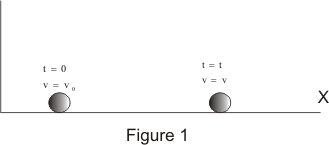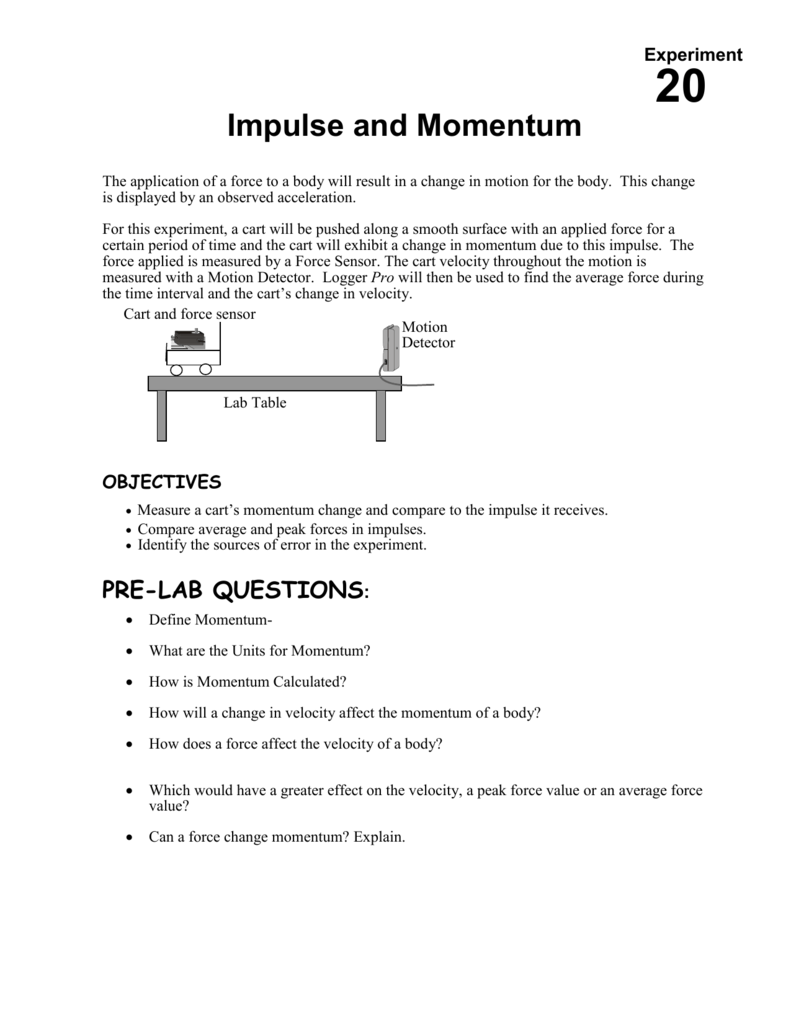

This operation of the spacecraft's main liquid engine was also used for the spacecraft's trajectory correction and changed its velocity by 2.18 metre/second. The 440 newton Liquid Apogee Motor (LAM) of India's Mars Orbiter Spacecraft, last fired on December 01, 2013, was successfully fired for a duration of 3.968 seconds at 1430 hrs IST today (September 22, 2014). Mars Orbiter Spacecraft's Main Liquid Engine Successfully Test Fired

Since the main engine hadn't been used much in nine months, a quick little test was needed. To enter orbit around Mars, the spacecraft needed to slow down - a maneuver called orbit insertion. Nine months after leaving Earth orbit, the spacecraft arrived at Mars. For the next nine months the main engine was only used twice and only very briefly (less than a minute of total burn time) to correct the spacecraft's trajectory.
#Impulsive force model momentum test series#
After a series of orbit raising maneuvers, the tiny main engine gave the spacecraft enough speed in the right direction to escape. English speaking news agencies have been writing this as "Mangalyaan".įor the first month of its journey, the Mars Orbiter Spacecraft actually orbited the Earth. The Mars Orbiter Spacecraft has been given the nickname मंगलयान (transliterated to Maṅgalayāna or Mnglyan), which is Sanskrit for "Mars craft". The Indian Space Research Organisation (ISRO) launched the Mars Orbiter Mission from the Satish Dhawan Space Centre in Andhra Pradesh on 5 November 2013. A bear at top speed is like a car driving through a parking lot.

Four times the mass needs ¼ the speed to have the same momentum. Mass goes up when we replace the 1000 pound grizzly bear with a 4000 pound car. When it comes to momentum, a bear at top speed is like a man running as fast as a race car. That's 68 m/s in International units or 164 mph in Anglo-American units. With numbers this simple, you should be able to compute the answers without a calculator. Since our hypothetical man has ¼ the mass of a grizzly, he needs to run 4 times faster to have the same momentum. To keep the momentum constant, the man will have to run faster - faster by an amount that is inversely proportional to the decrease in weight. Mass goes down when we replace the 1000 pound grizzly bear with a 250 pound man. Momentum is the product of mass and velocity, which makes the two quantities inversely proportional. Let's use a mass in the middle of the range stated by Mr.


 0 kommentar(er)
0 kommentar(er)
